The traditional Japanese garden, in which mountains, valleys and reservoirs are created with wild stones, river sand and plants.
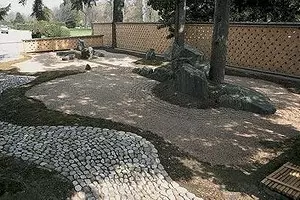
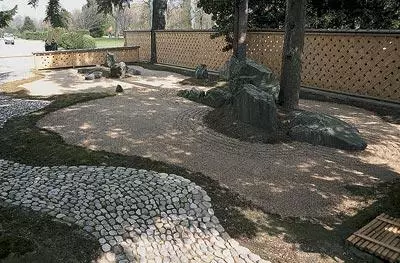
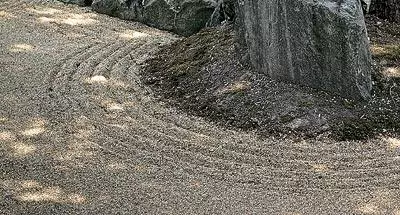
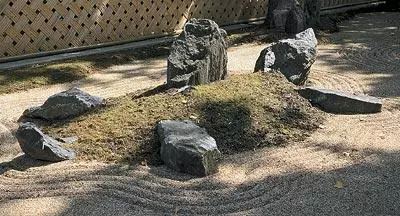
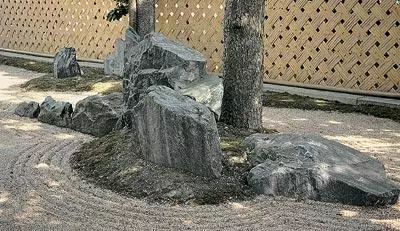
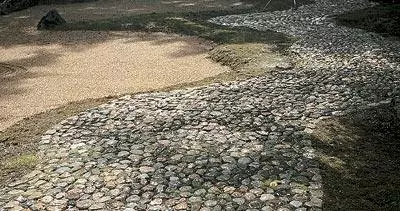
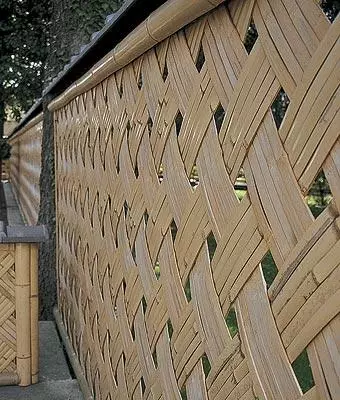
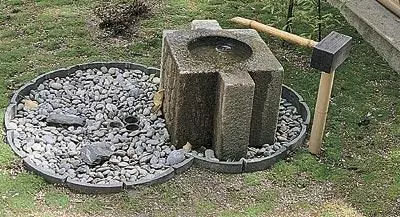
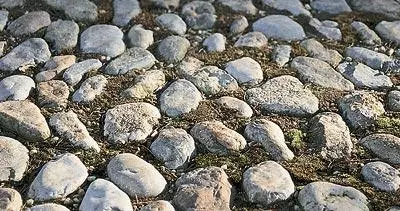
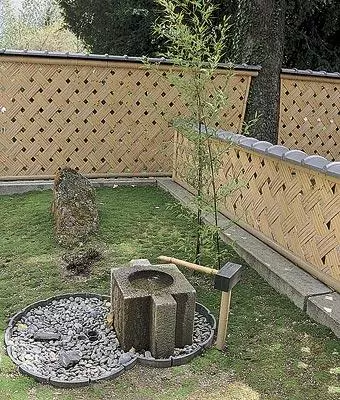
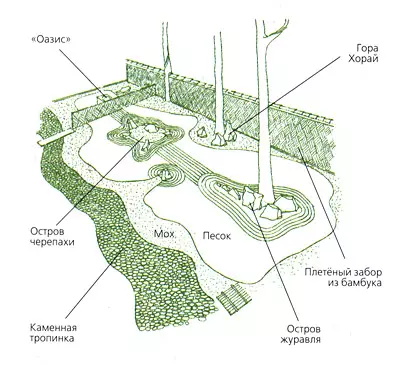
In Japan, the country with a population is slightly smaller than in Russia (about 120 million people), and the territory once every 100 is less than ours, the attitude towards the Earth has always been emphasized careful. Due to the limit of vital resources, the Japanese is more creative for the use of existing territories. "Dry" Japanese garden is designed to imitate those landscapes that are so lacking on the island, such as deserts or huge plains with leisurely current wide rivers. This is a fictional image with symbols and built according to the laws of special harmony forms.
Kare Sansui refers to traditional Japanese gardens. Residents of the rising sun in them create mountains, valleys and water bodies, using only wild stones, river sand and a small number of plants. As a rule, groups of stones are formed according to the views of the Japanese about the lucky numbers 7, 5 and 3.
Left [ one ] You see a garden with stone compositions depicting a turtle (Japanese. "Kame"), crane (Japanese. "Tsuori"), which are in Japan with symbols of happiness, longevity and wisdom. Sand seems to be a mirror stitch of the lake or pond [ 2. ]. The soft coastline "reservoir" caresses the eyes. On the surface of "water" there are two island. First [ 3. ] - with a gentle hormster, as if a turtle shear, with paws, tail and a raised head - its shape clearly resembles a floating turtle. To pay tribute to a happy number 7, an extra stone was put on the back of the animal, as if valuable cargo.
Another island [ four ] Symbolizes the caravel, as if stretching the long neck in flight and trying, apparently, catch up with a turtle. The straight trunk of a high tree growing on this island seems like a long leg of the crane. Obvious motion symbols give the fixed composition a kind of dynamics.
Around the islands in the sand at an equal distance, a shallow closed grooves having the same shape were performed. They depict diverging waves of not the water, not that air caused by the movements of animals, and denote the direction of their movement. The overall composition is balanced by a stone group with a mountain of Khorai, symbolizing the immobility as such, and a single stone occupying the central position on the acute cape of the opposite shore. This is a single "creature," as an antenna, radiates to unison with other elements of the garden of the wave of benevolence, which attract visitors so much.
The pedestrian walkway repeats the bending of the shore of the symbolic reservoir and allows it with considerable convenience, as if from the auditorium, admire the pre-red scenery arranged with a large taste under the canopy of thick crowns of trees. The track is posted from a small cobblestone, successfully selected in color [ eight ]. In a cloudy and twilight day, it is silver as transparent water in a small robust, smoothly looping in emerald shores [ five ]. It is limited to this territory, different scenes - braided from the bamboo fence in the style of Agiro [ 6. ]. And the tree has become a natural part of this fence.
For a low obstacle to the north of Kare-Sansui is "Oasis" [ nine ]. It is next to the traditional source giving a lifeful moisture, falling drops behind a stone trough with an engraved at the end of the lotus [ 7. ], grows flexible tree. A calm witness is a gray stone (a piece of frozen lava) "observes" for all this idyll from the side. In such a garden, there is a feeling that silence is a medicine, and loneliness really reincons: again you can feel healthy and strong, like a powerful tree, strong, like a stone, and truly happy, because beauty is painting! That is what is called this garden - the garden of happiness.
